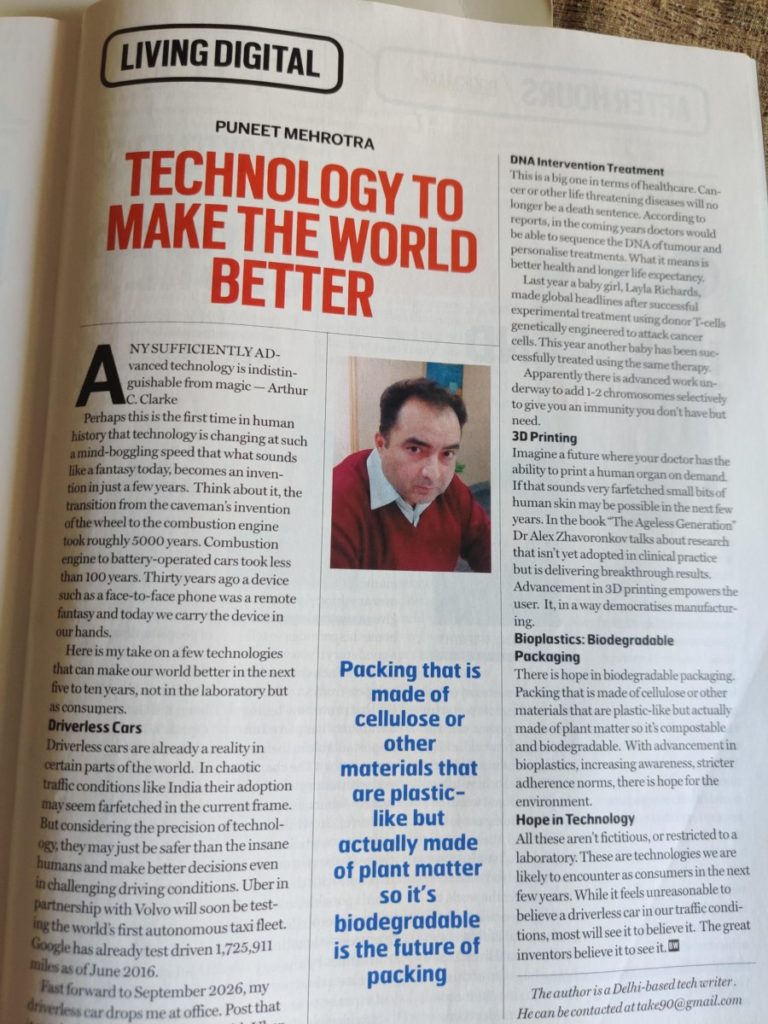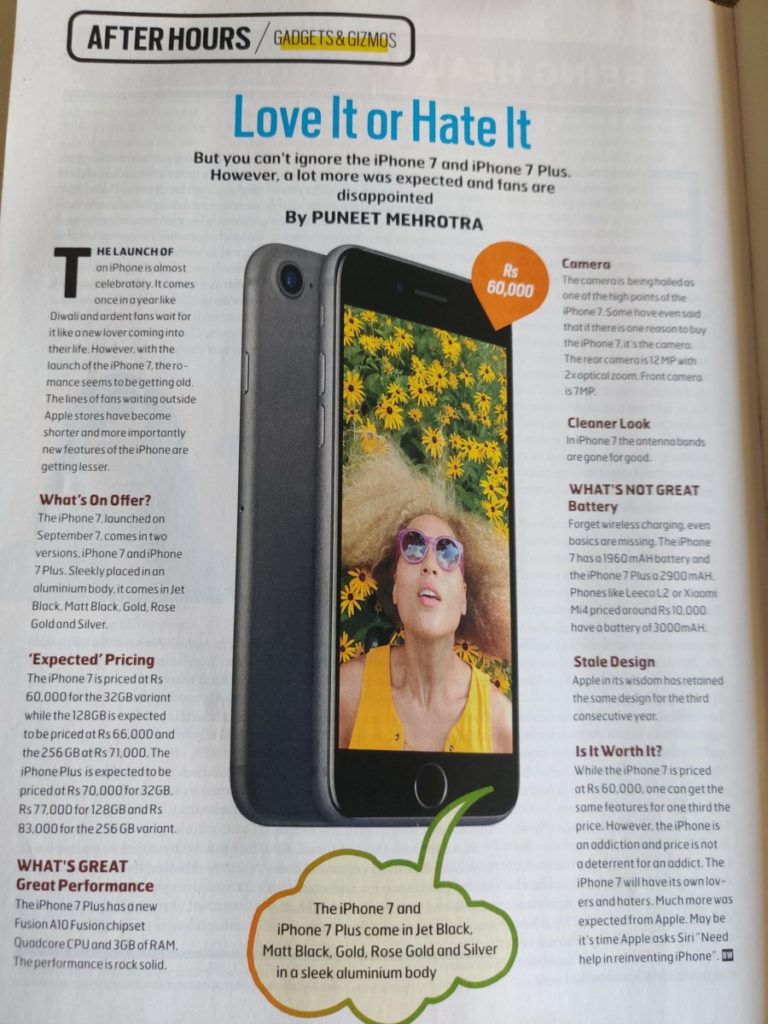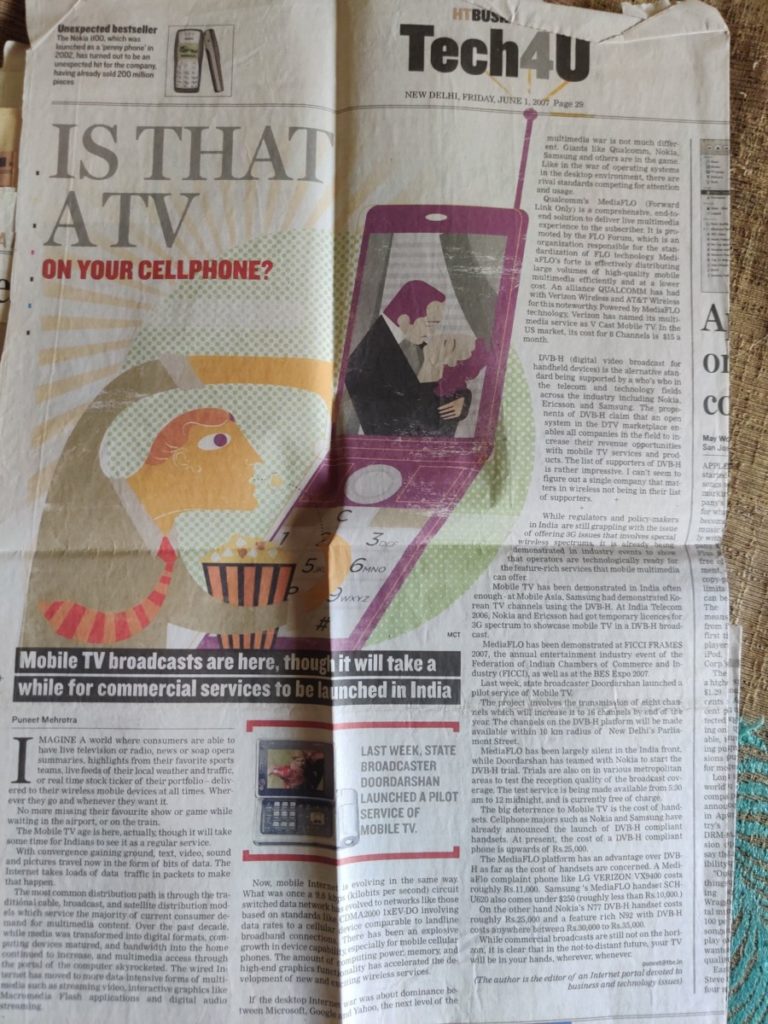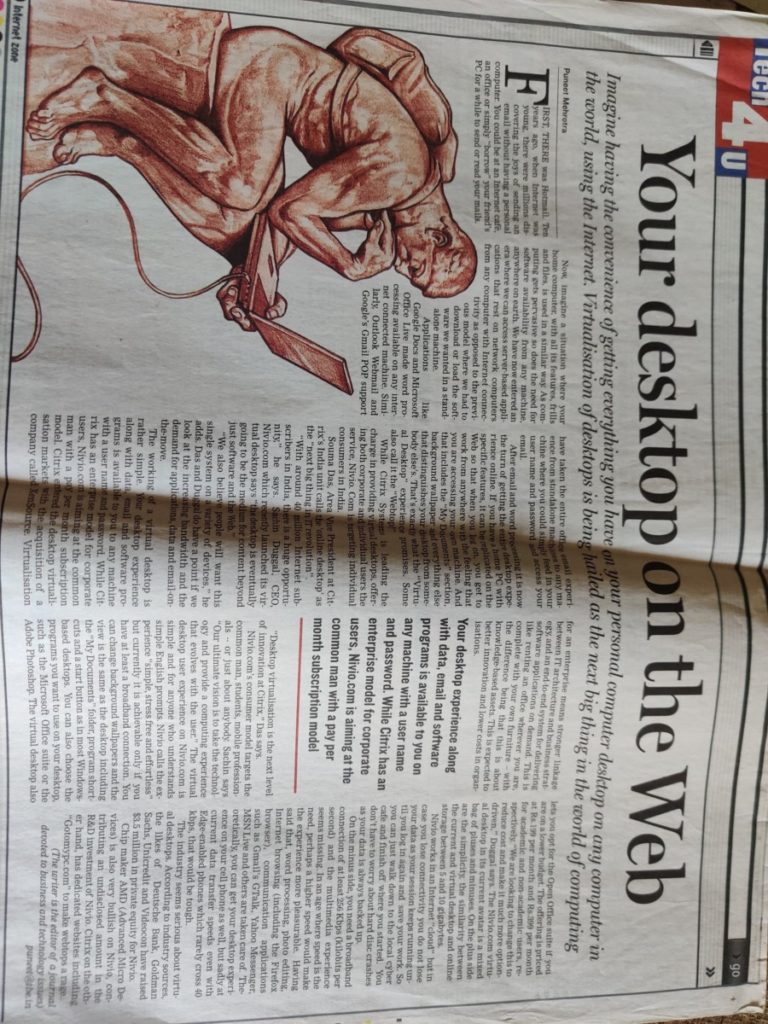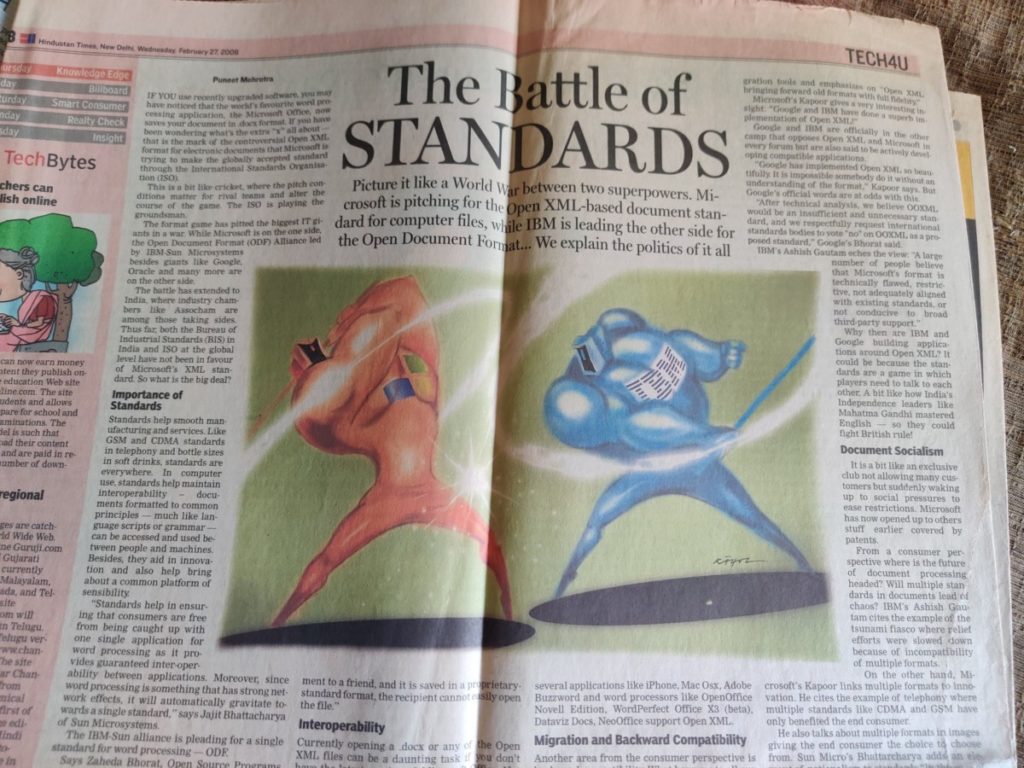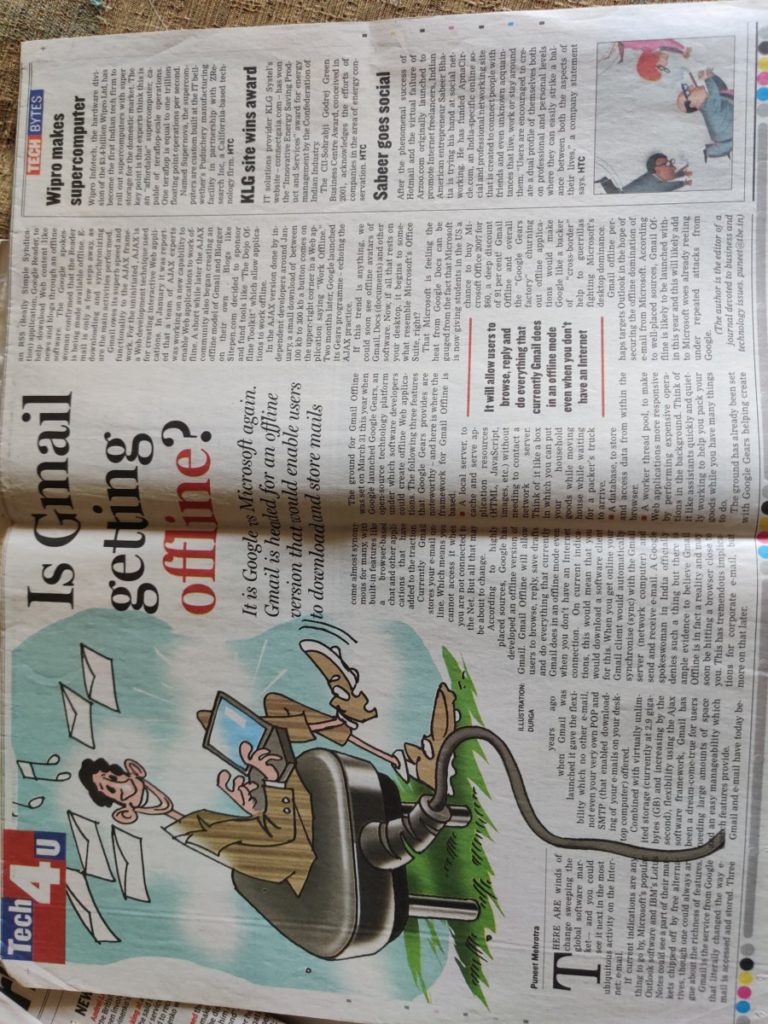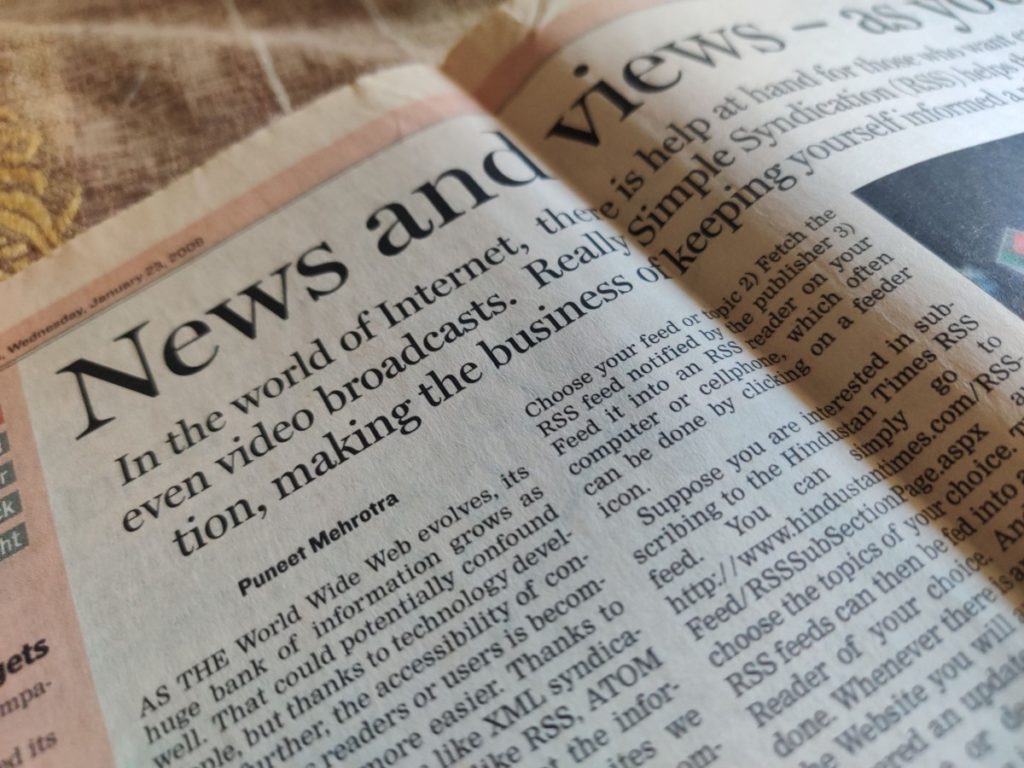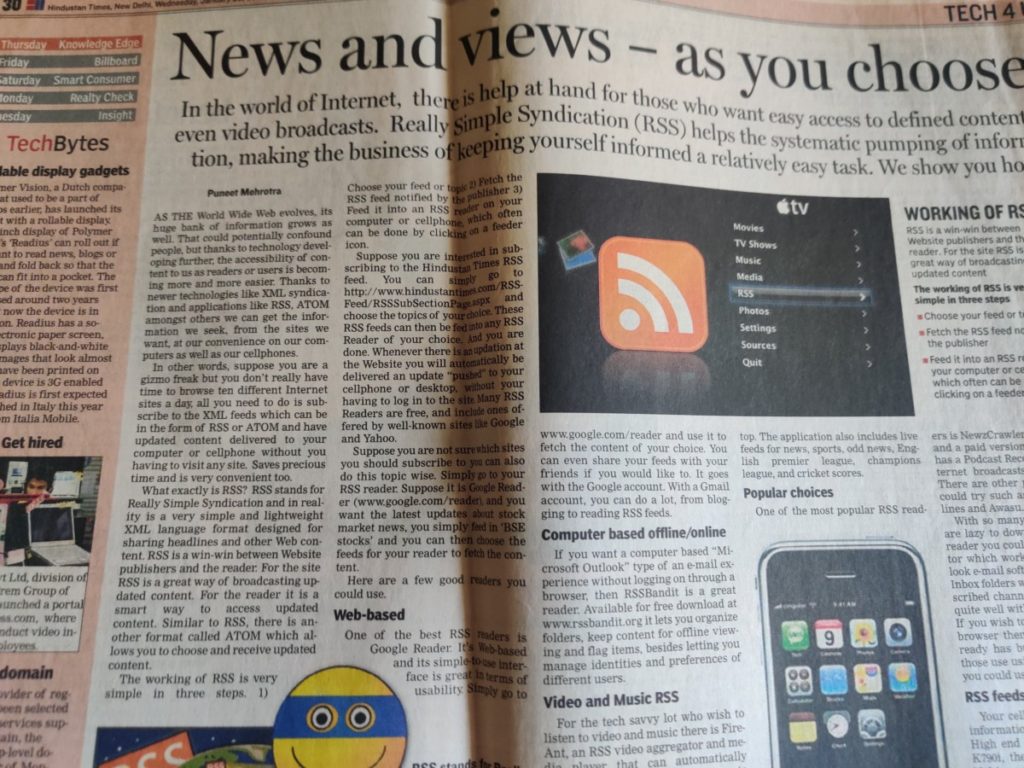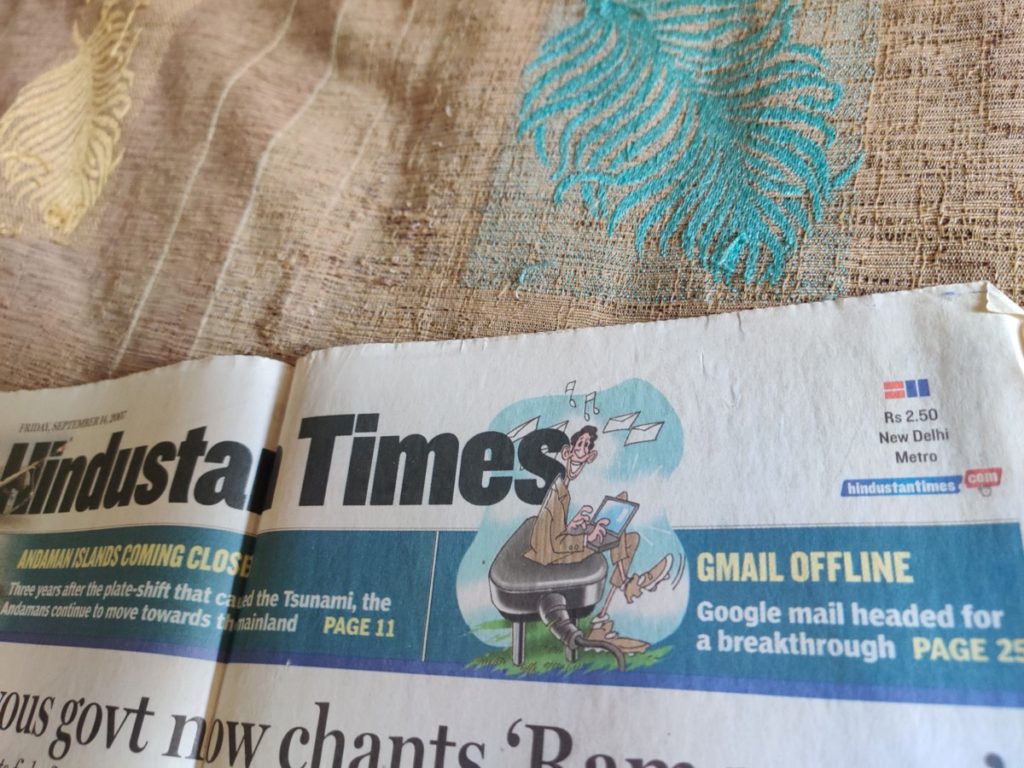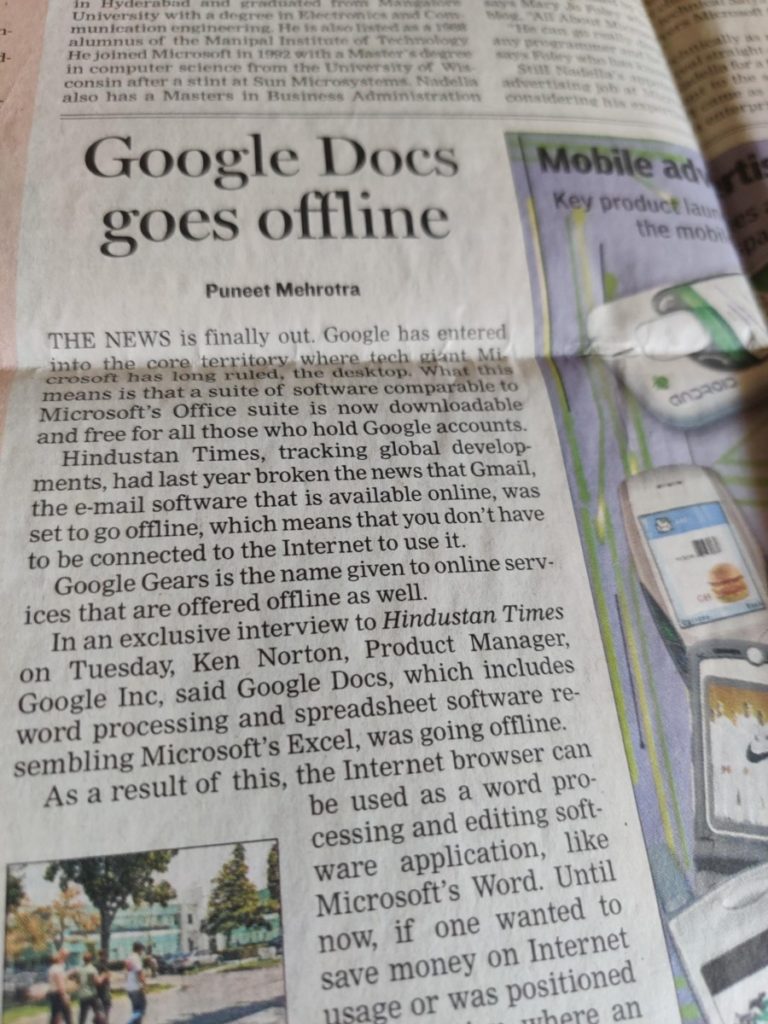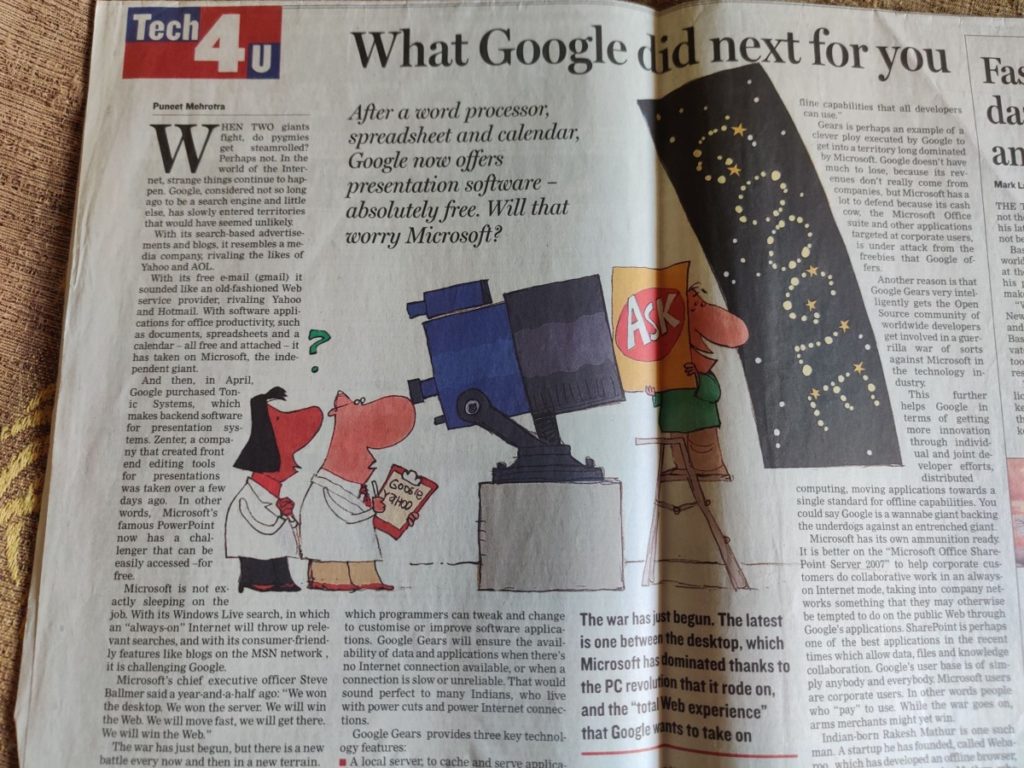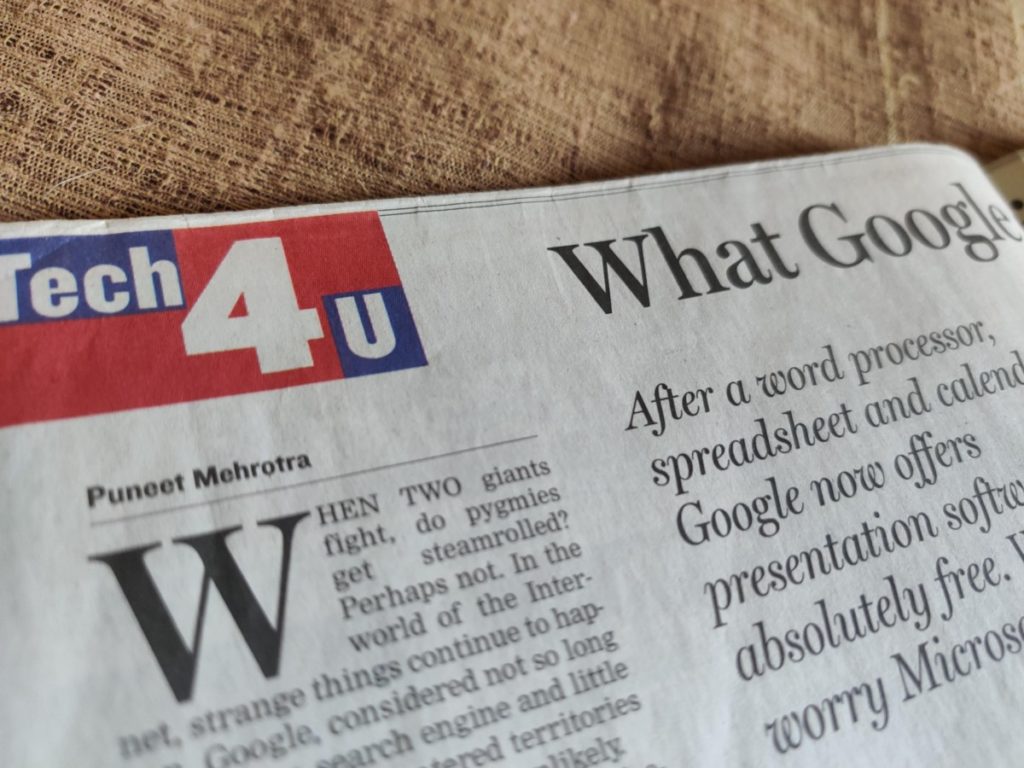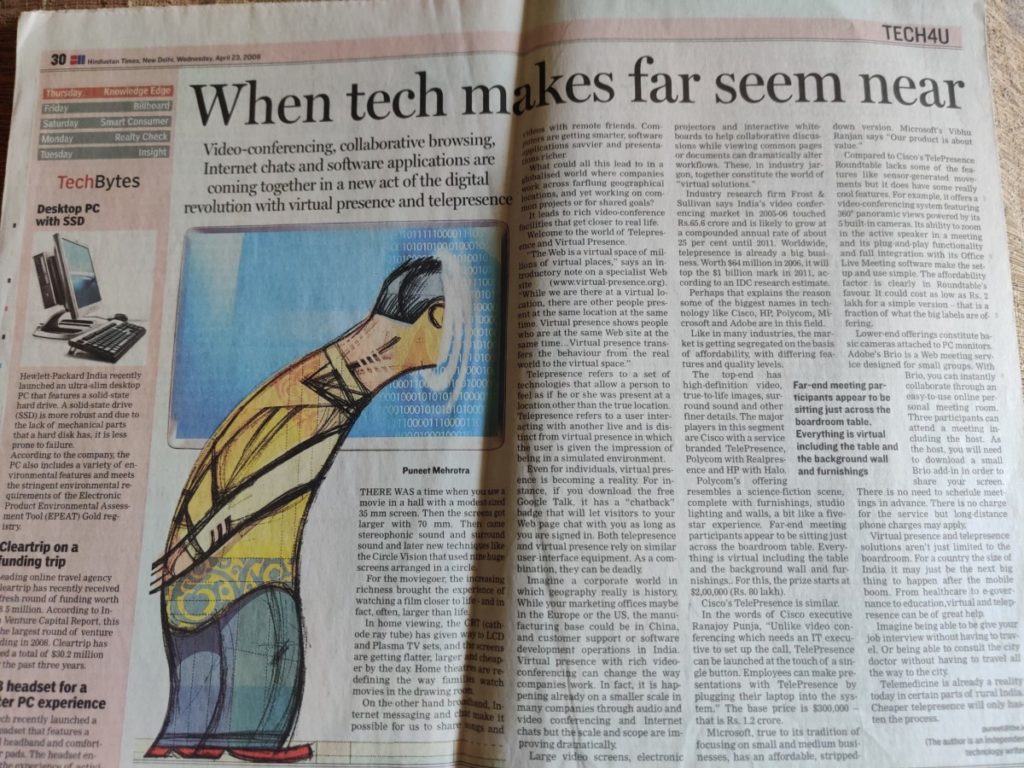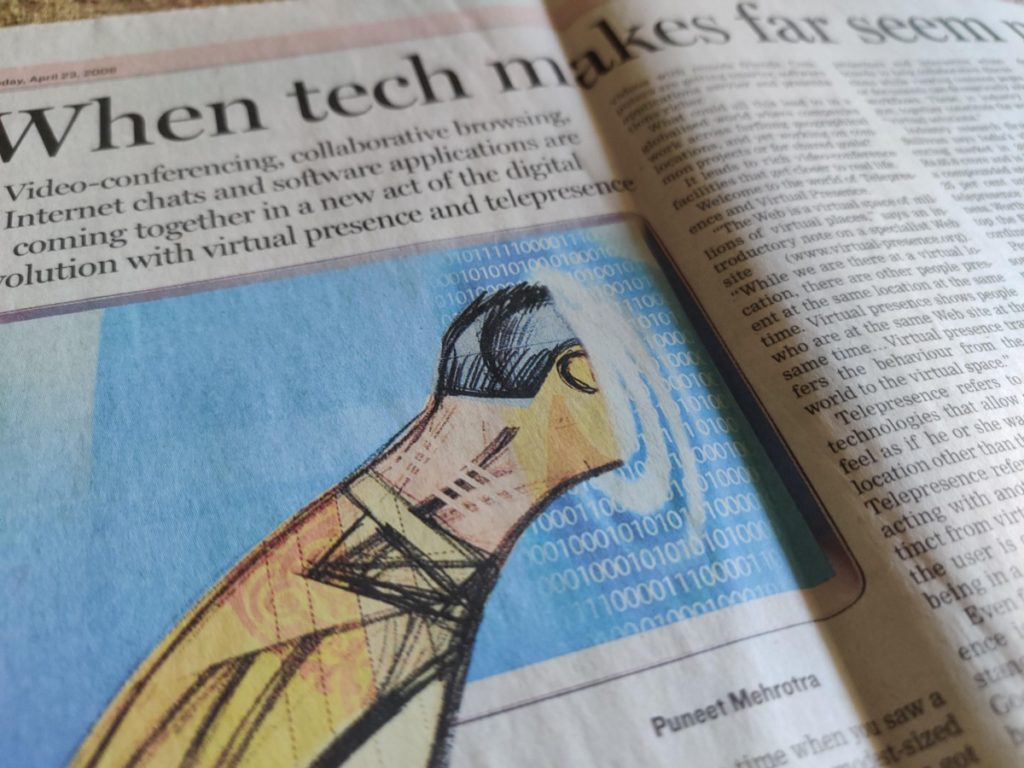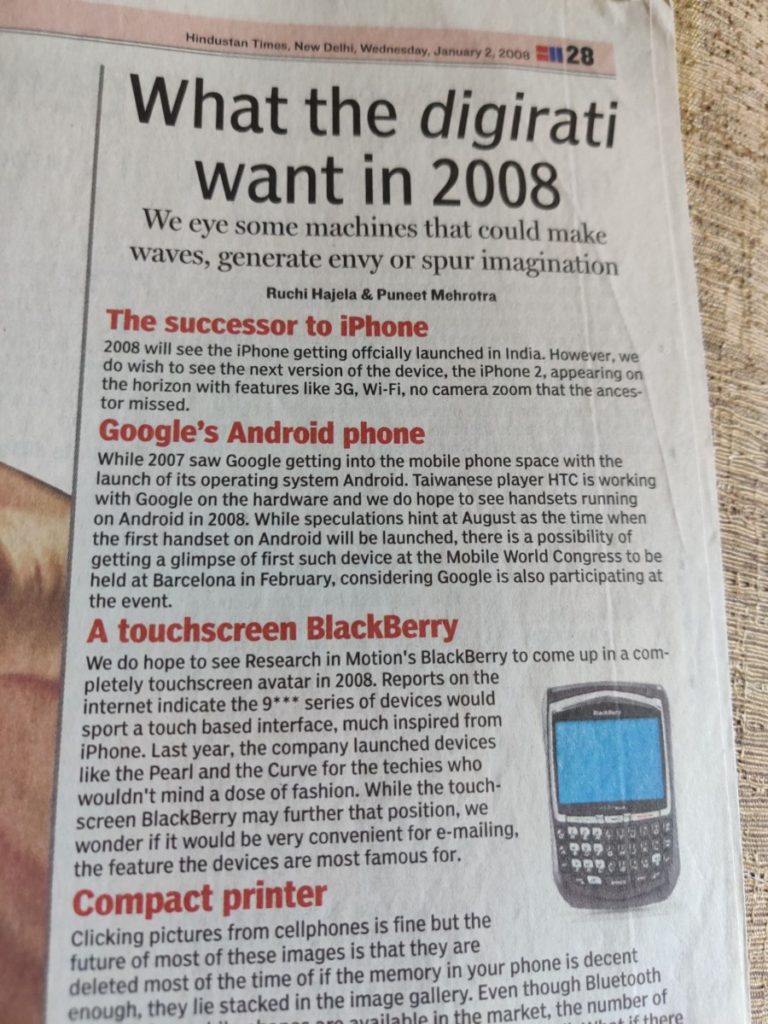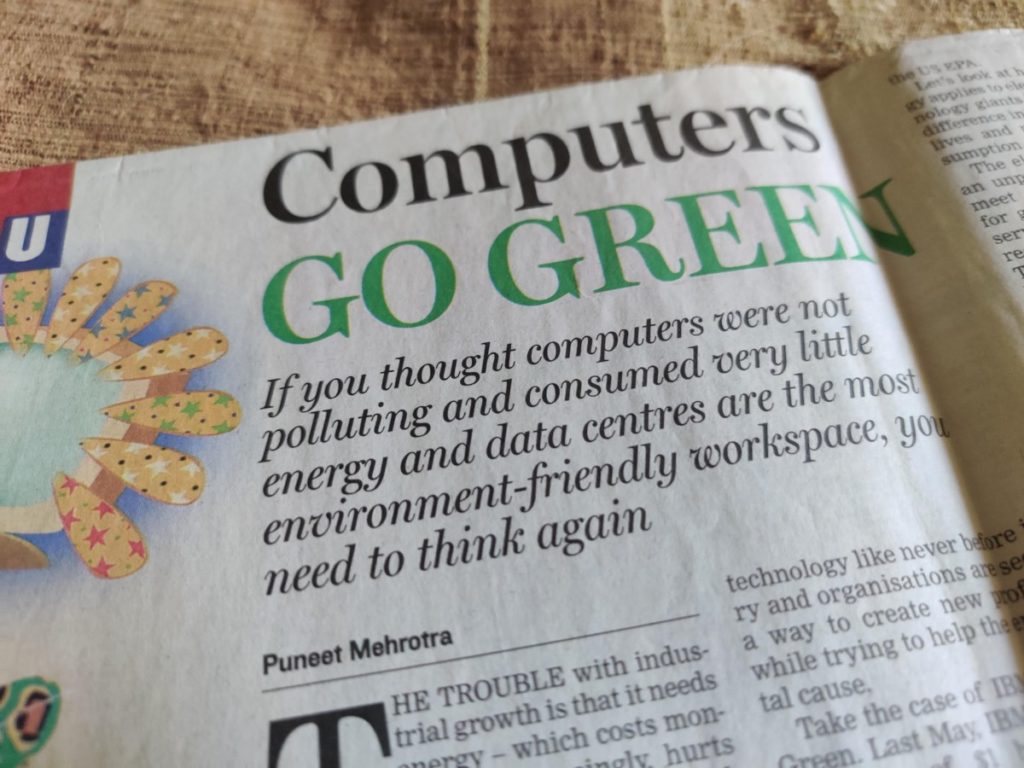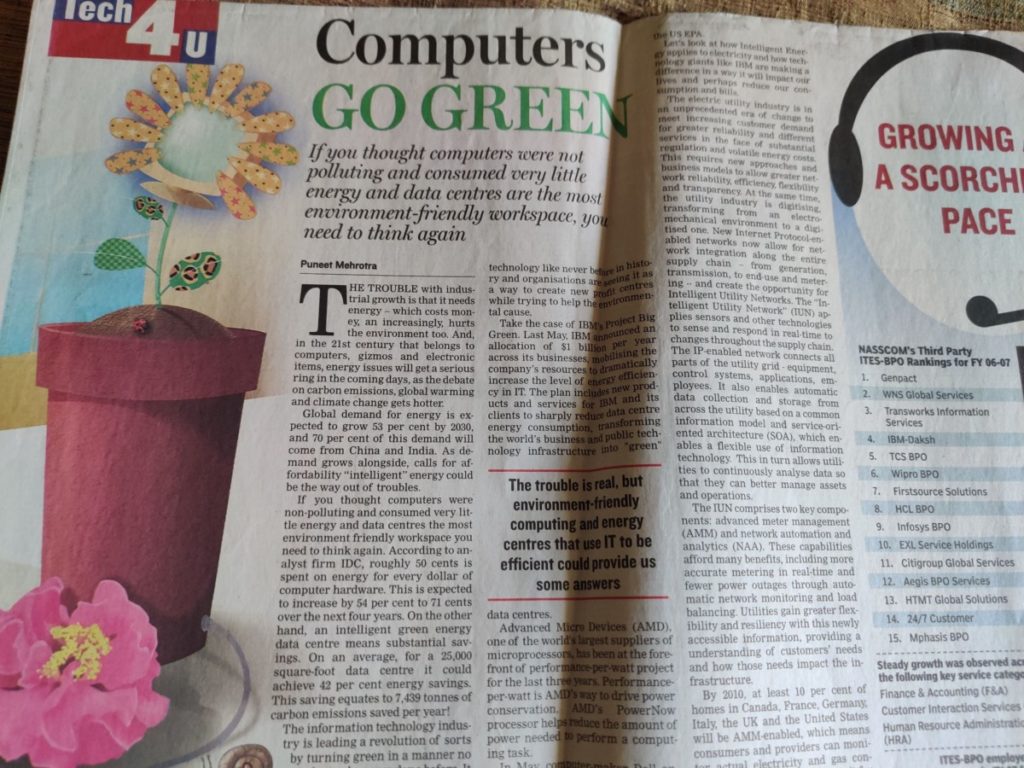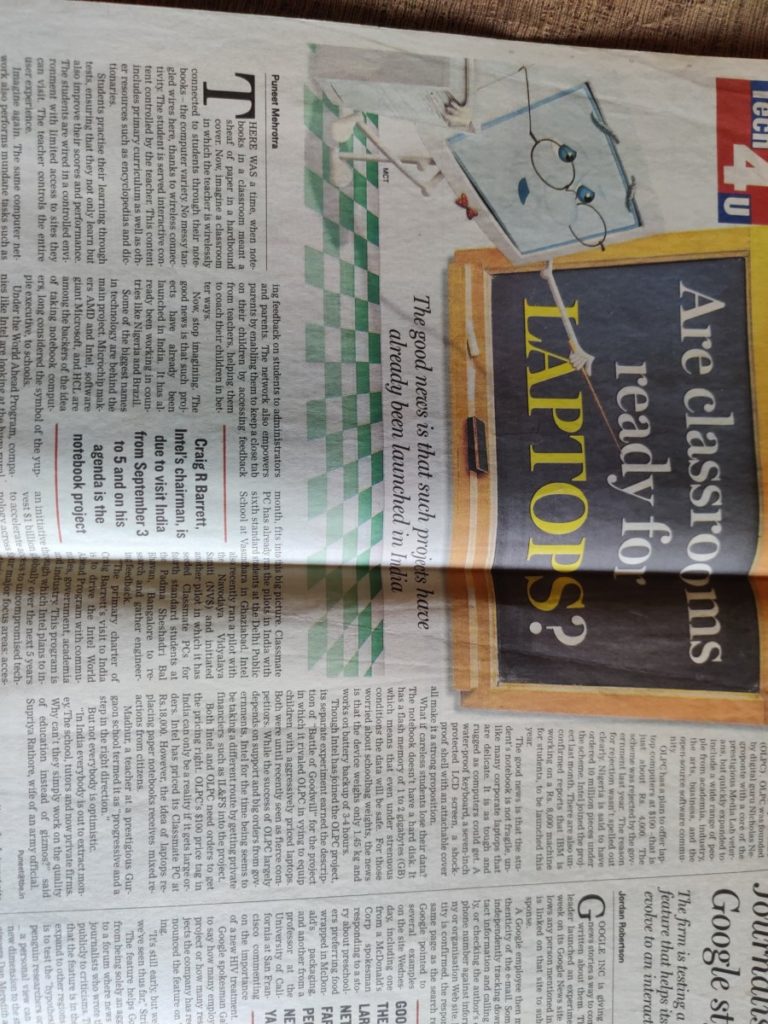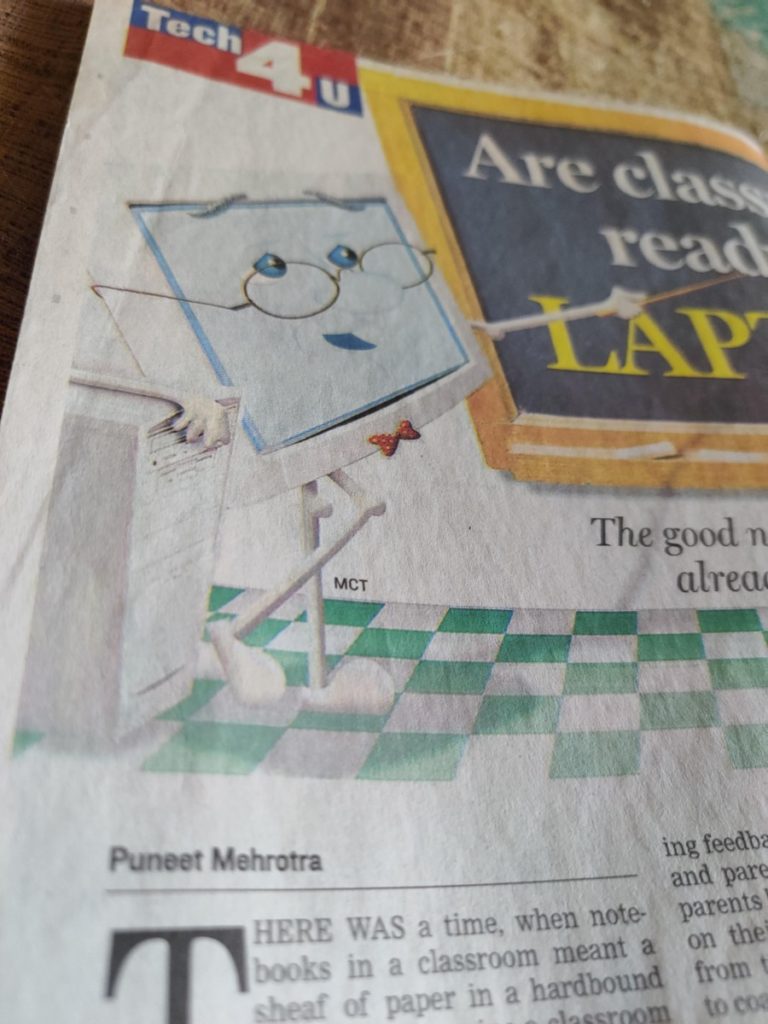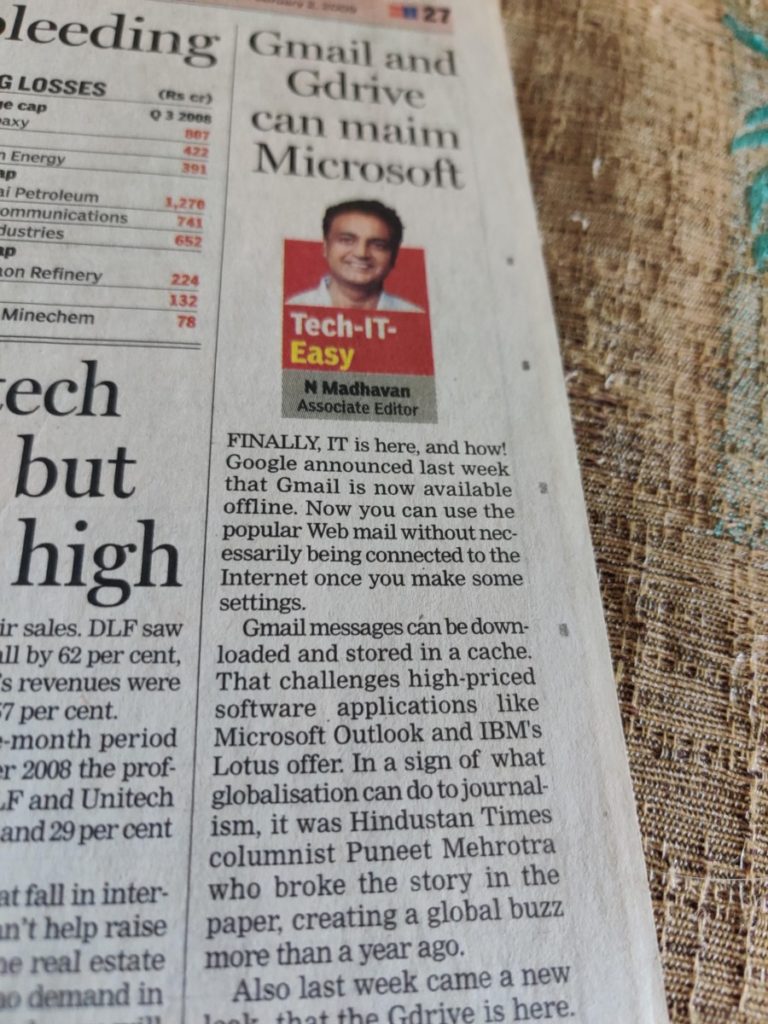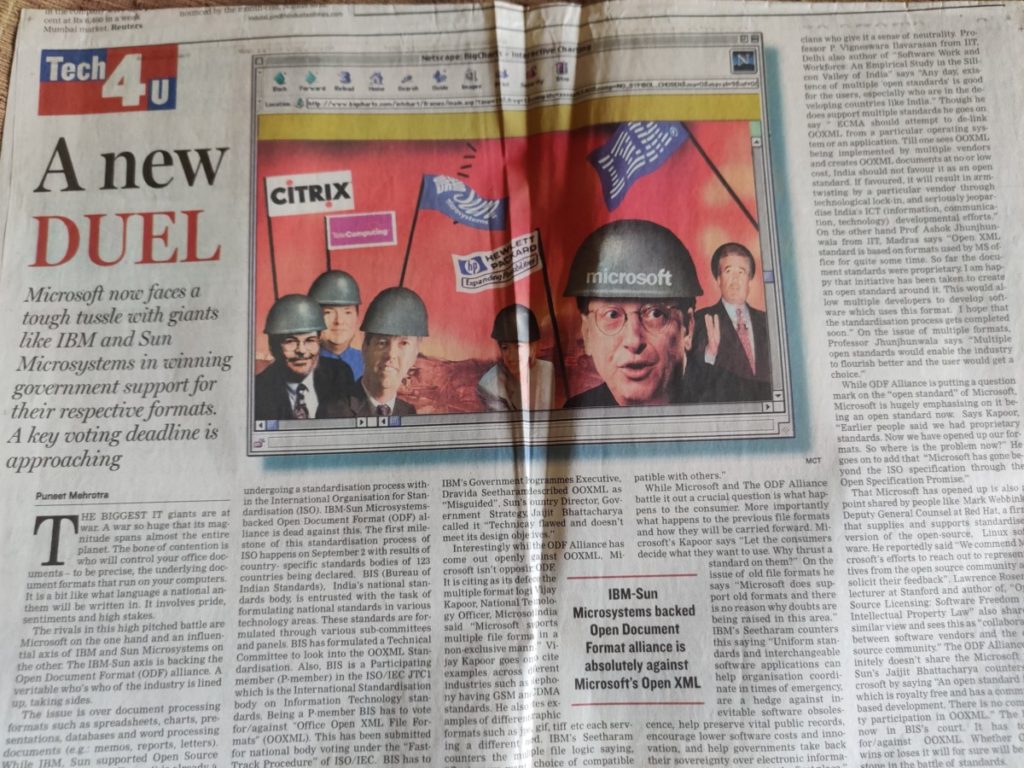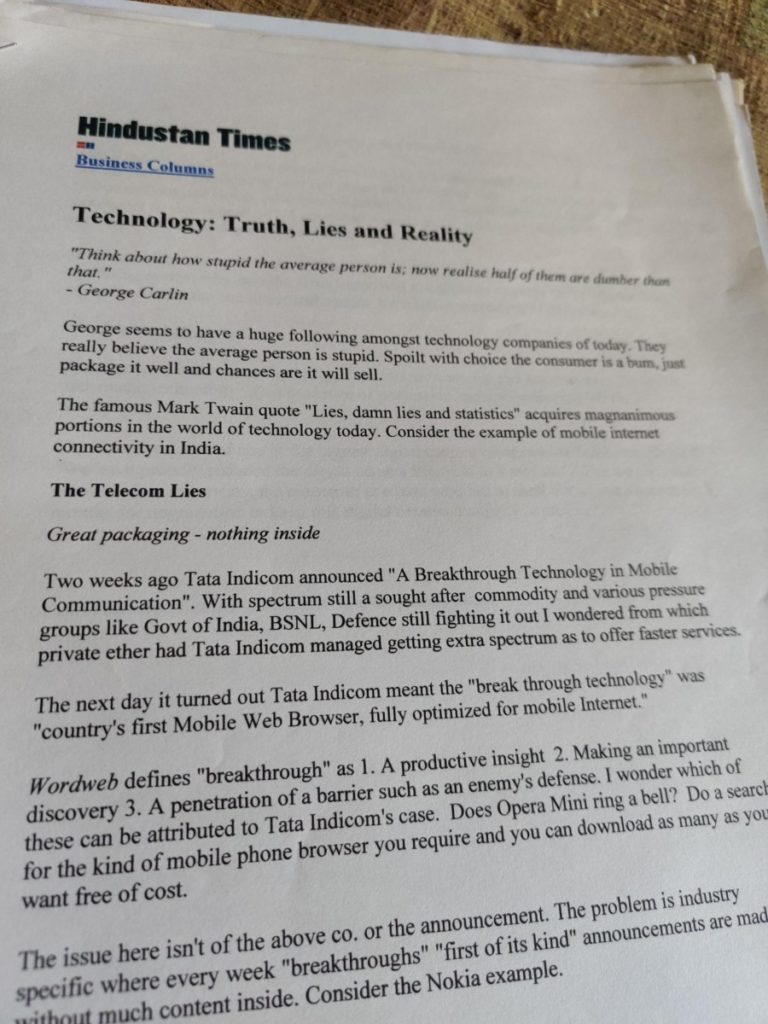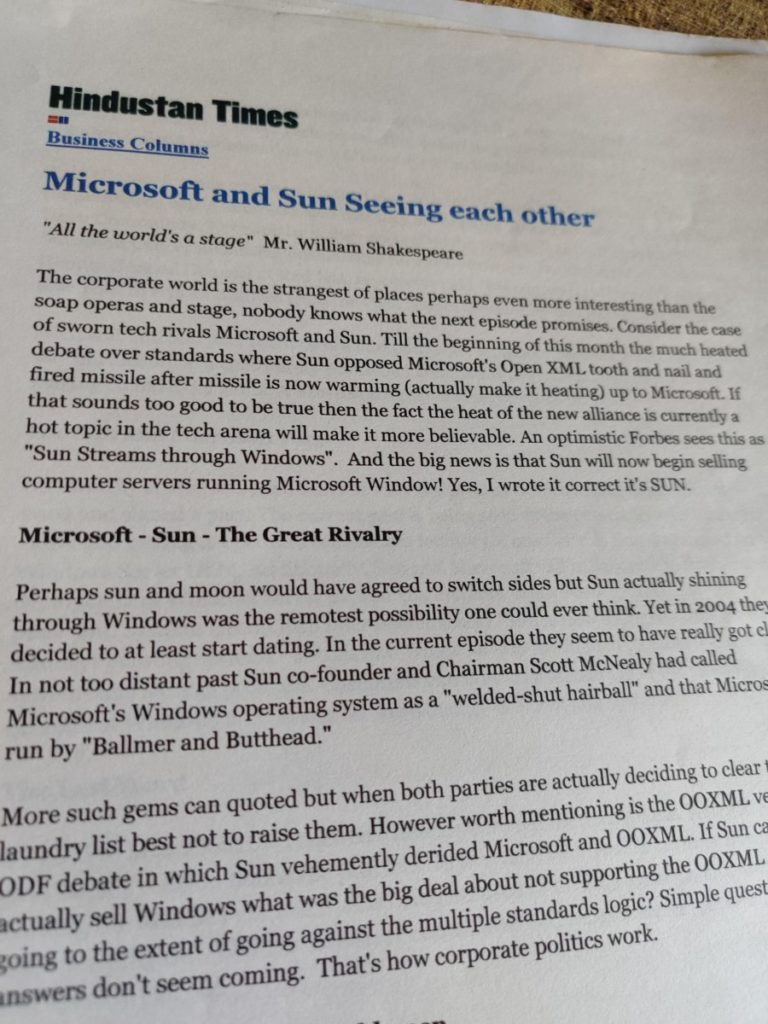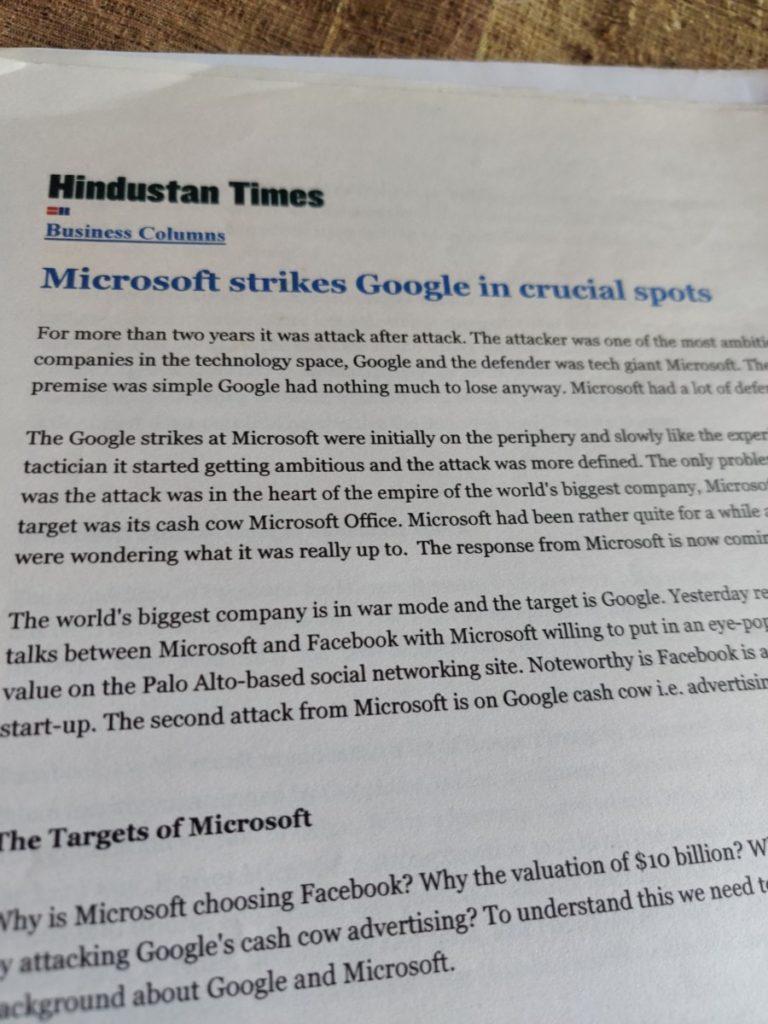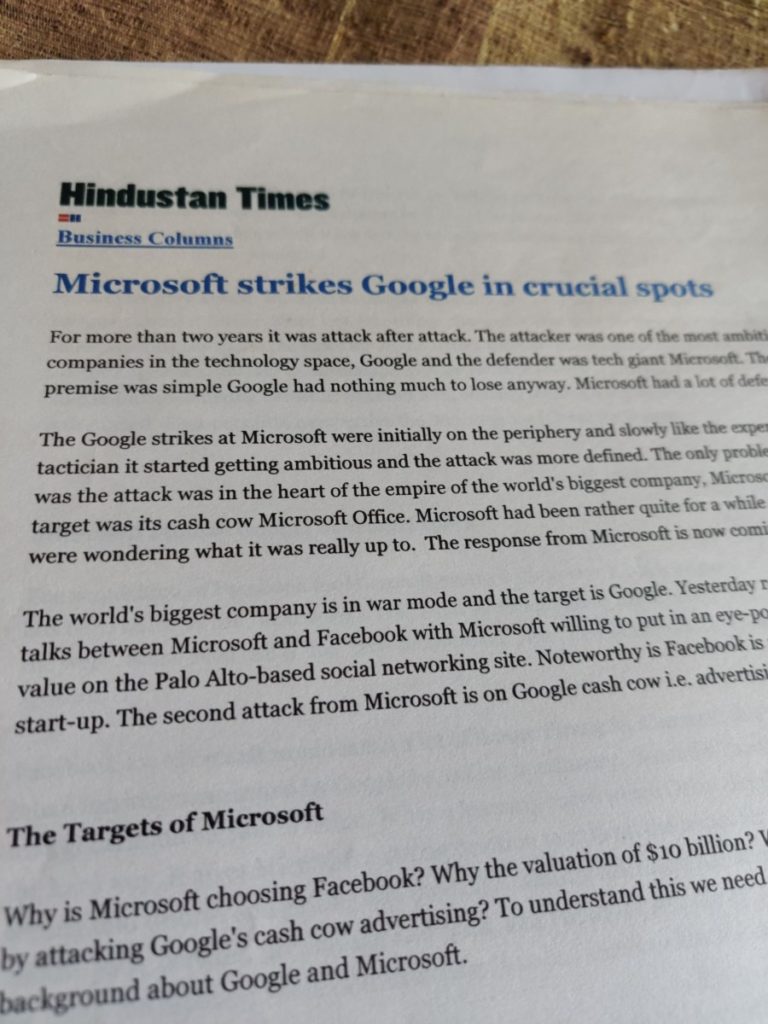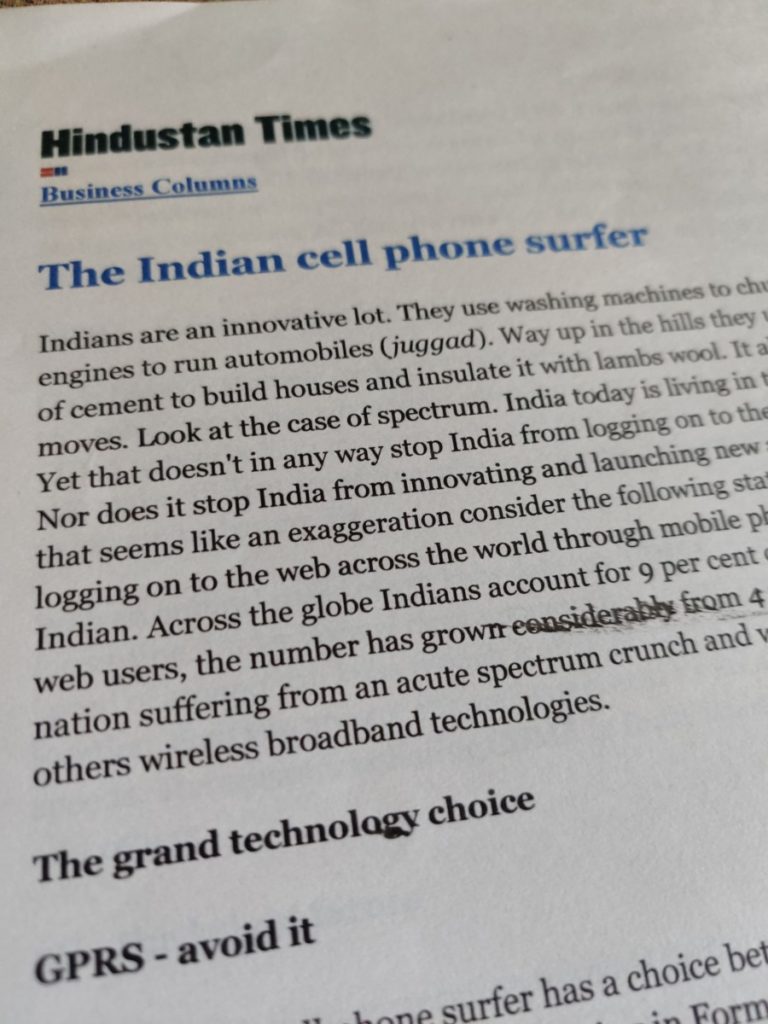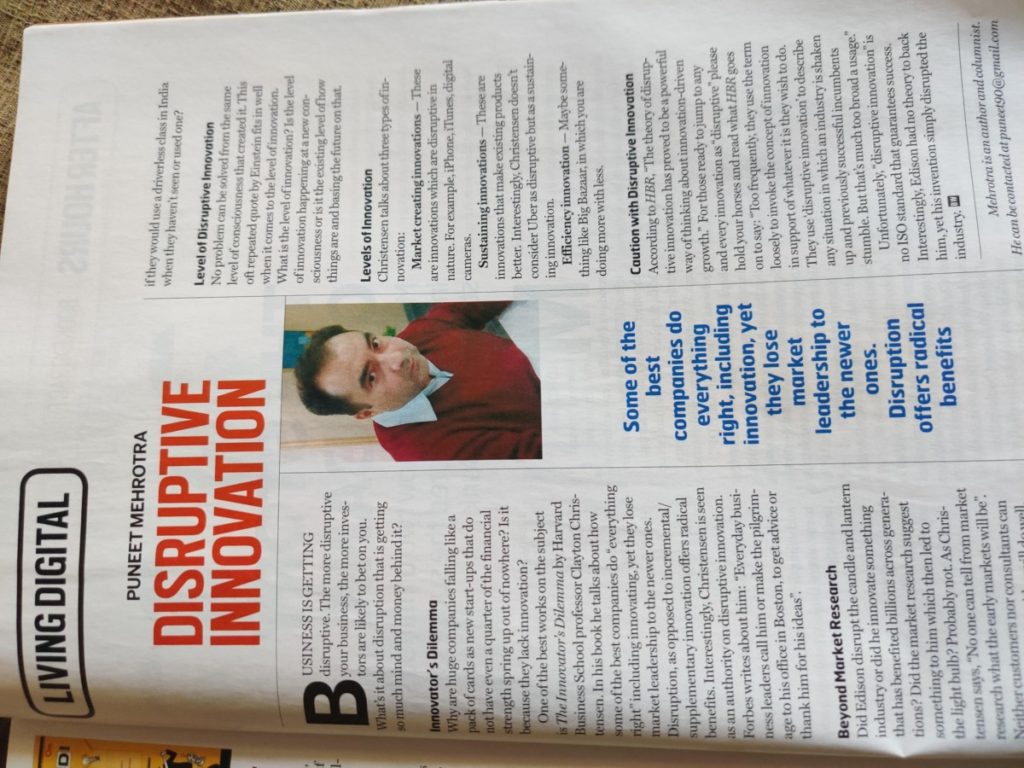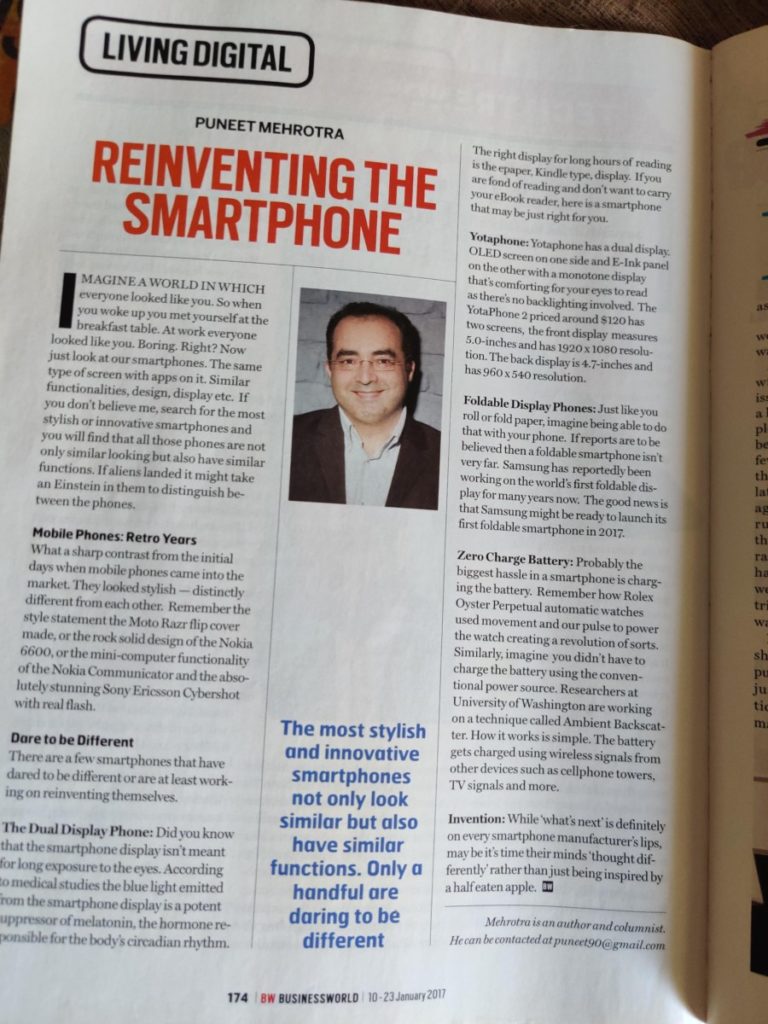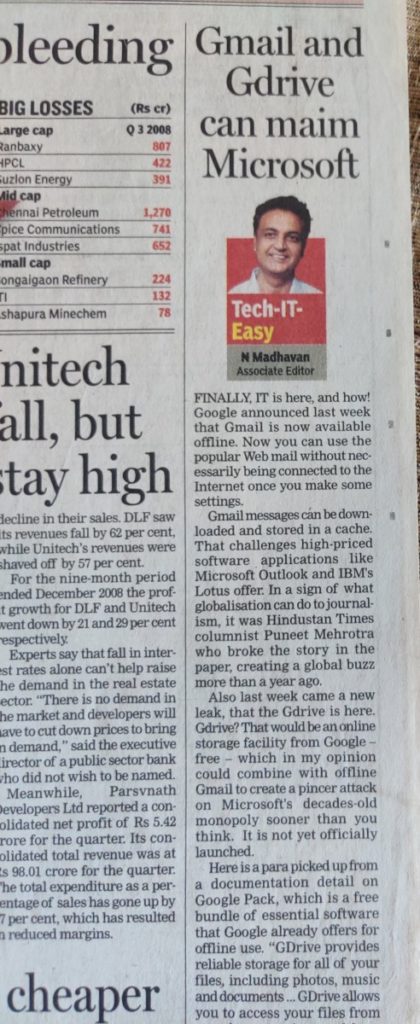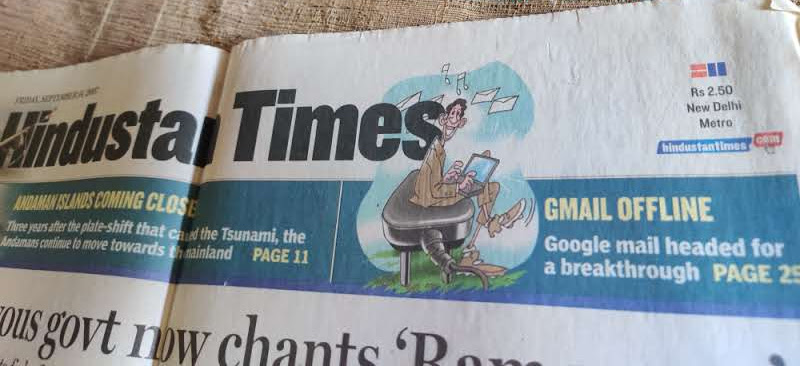Category Archives: General
Hindustan Times Cyberdude Column Masthead
Changing a Button Increased a Site’s Annual Revenues by $300 Million
Just imagine the place where you are sitting right now and if a bomb drops right now, you don’t make a logical decision whether to take the exit route or jump or run. You simple do whatever first comes to your mind. A website is similar. It is bombarding information, colors, patterns, whitespaces and more and that information is evoking emotions inside the brain resulting in an instant decision. I read that around 10 years ago in a book on website design and it stuck with me for long on the power of web design. Recently I came across something even more fascinating “Changing a Button Increased a Site’s Annual Revenues by $300 Million”. Is web design that powerful?
<strong>Communication on the web</strong>
According to Psychology Today human communication is said to be 90% non-verbal. That means when you meet somebody your body language and other non-verbal communication has already done the majority of communication. Dr. Albert Mehrabian’s studies from the late 1960s in California assert that communication is made up of 3 components: words, tone of voice, and body language. His works indicate that words (verbal communication) only make up 7% of the sender’s message – that tone of voice (vocal communication) accounts for 38% and body language (visual communication) the other 55%, for a total of 93% of the message coming from non-verbal cues.
Interestingly in case of a website all this communication has to be done by the website. Which means 100% communication has to be done visually. According to Sudhindra V., Creative Director & Experience Design Lead, SapientNitro India “Decision making as we call it is a series of cognitive processes that people go through that include both rational and emotional aspects of human mind. The online world has fundamentally shifted this interaction. In the e-commerce world, there is not the human but a machine that you interact with. A machine that can analyze large amounts of data in seconds and that can fetch information from any nook and corner of the world. But it lacks the warmth of a human being, a natural reassurance of a friend. The attempt of the interface is to bridge this gap for its users – between the rational technology and the emotional human being operating it.”
<strong>The Impact of Design</strong>
<strong>The case of $300 button</strong>
According to Jared Spool in User Interface Engineering It is hard to imagine a form that could be simpler: two fields, two buttons, and one link. Yet, it turns out this form was preventing customers from purchasing products from a major e-commerce site, to the tune of $300,000,000 a year. What was even worse: the designers of the site had no clue there was even a problem.
<strong>What is Good Design?</strong>
That brings forth to the most important question. What is good design?
According to Nytimes.com Some of the world’s leading designers were challenged to define what “good design” means in a debate at the annual meeting of the World Economic Forum a few years ago. Everyone agreed that “good design” had to fulfill its function efficiently.
In Itunes a purchase is one simple click. In Amazon.com it takes just one click to buy a Kindle book. Yet to arrive at the point of purchase a website has to fulfill its function effectively. “A great UI ensures that users spend more time on your website which further increases their probability of making transactions” says Sundeep Malhotra, CEO, HomeShop18.com.
A website is bombarding information. Be it the colors, shapes or simply words. Each of these is evoking a certain response in the user’s brain which is then evoking emotions in a user. Interestingly it is the emotion that is leading to making a decision. “It is the emotion that comes to the rescue when we are overwhelmed with the choices and can’t decide on one. Design evokes emotions like no other and when it does bring out the desired emotion in people, the decision to acquire happens” says Sudhindra V.
<strong>The Investment in Design</strong>
While there are really no statistics to really point to the investment in design but time and manpower as a resource are dedicated to this in plenty. “Be it Facebook, Google, Amazon or Twitter – they all test their user interfaces with precision with a small set of users to ensure they are aligned with the larger set of millions who eventually use them everyday” says Sudhindra V who recently was the star speaker in recently concluded IEX event. The high point being the Lifebuoy website, the focus of design being on “celebration” of a child’s 5th birthday as unhygienic habits takes their toll on children in rural India not even able to reach their 5th birthday.
Recently Google tested 41 shades of blue for their top navigation links.
Ebay changed their logo and they spent 3 years testing it before making it completely official. “EBay does indepth research on the effect of colors, text and whitespace on users. We revamped our checkout page after user testing it over 9 months” says Deepa Thomas, Ecommerce Evangelist, Ebay India.
Ebay globally changed their traditional homepage to Ebay Feed based on set interests of users. So out of 2 million products they pull out on products relevant to the user. Homeshop18.com recently revamped their design. Says Sundeep Malthora of Homeshop18 “With the new website design we have not only seen a jump in the footfall but the conversion rate has also improved. ”
Taking the Eyeball Model Hybrid
While for Ecommerce websites design change and change in sales is easily measurable what about content based websites?
For content based websites, the problem is after spending so much effort on usability, websites have to monetize by showing ads and so advertising has be in context of the website usability guidelines. Now is the big question which advertising network is really doing that especially in context of design integrity?
A new startup www.picadly.com is adding revenue to content based websites by showing ad panels that only appear when a user shows some interest like a mouseover on an image or a click on the image. In simple words it allows a website to preserve its design integrity while at the same time maximizing revenues. “For a fashion, interior or any blog with photos, the central thing is beauty and design and user experience. Picadly is the the 1st company in India to deliver ads and Product Listing Ads (PLAs) on photos in a permission based way hence increasing user experience and also maintaining design integrity ” says Nitin Kumarr, Founder, Picadily.com
The Future of Web Design
In human psychology a simple thought leads to emotion and which in turn into action. So no matter what the action is, its seed is in thought. Yet the complexity is association. So in psychological terms while you may know exercise is good for you, how do you create this new association so that the motivation for exercises comes easily and naturally. New associations come from desire or motivation, which means you either reject or accept it. So in psychological terms a strong desire combining with great association and you have the person literally on treadmill everyday. How does that translate into web design? Whatever it maybe, for sure the future web designers will have to create interface of Compelling Experience Led designs that evoke powerful motivating emotions.
The choice is immense for the consumer especially in coming years. The best so far in terms of action is One Click, by itunes, amazon.com and others. Which maybe the best one can reach. Yet behind this One Click is where the action really lies in future i.e. creation of that compelling behaviour in a user to make that one click of purchase or action.
This year’s Future of Web Design has some really interesting speakers. There is Allen Tan from NyTimes, there is Dane Howard from ebay besides other interesting names who discuss the future of web design. So what could be the future of web design? That’s an interesting question which time will answer.
Puneet Mehrotra is a business and technology columnist for HindustanTimes.com
Spice Coolpad Review
Android literally is the new canvass mobile phone companies are charting their growth. The best part about a canvass is anyone can draw on it. So its no longer just about Samsung, Nokia, Sony, LG or the telco giants. Home grown companies like Micromax, Spice and Lava and even a company as unknown as Maxx are coming with products that not only look deliciously good but so well priced that a normal non-technical person wonders what the hell do the Apples and Samsung of the world charge for?
Spice Coolpad is a collaboration between Spice and Coolpad, one of the popular Chinese brands and amongst the top 10 mobile phone manufacturer in the world. So I guess that lends a bit of credibility to Spice. Spice Coolpad is a device for the price conscious Android user. Coolpad runs on Android Jelly Beans. The high point is its looks specifically its blue metallic finish. At just over 8000 a metallic look finish 5 incher seems to be worth it considering the bigger brands come for almost plus 30,000 for similar finish. The low point is Full-HD don’t seem to play on it without pixelation. Although the normal HD 720 play on it just fine. Let’s explore more details about the phone. Gaming wise the phone manages it well.
Specifications
Operating System: Android OS, v4.1 (Jelly Bean)
CPU: Quad-core 1.2 GHz
Internal memory: 4 GB, 1 GB RAM
Memory microSD up to 32 GB
Screen size: 540 x 960 pixels, 5.0 inches
Camera: 5 MP, 2592?1944 pixels with autofocus, LED flash
Price: Rs.8,800 on Amazon
Battery: <a href=”http://www.thebusinessedition.com/press/wp-content/uploads/2014/01/1Spice-Coolpad-1.jpg”><img src=”http://www.thebusinessedition.com/press/wp-content/uploads/2014/01/1Spice-Coolpad-1.jpg” alt=”” title=”1Spice-Coolpad (1)” width=”482″ height=”365″ class=”alignnone size-full wp-image-3062″ /></a>2000 mAH
The High Points
The blue metallic finish gives the phone a cool look
Internal memory of 4GB is absolutely great considering some of the more expensive handsets hardly have a memory of around 1GB
Camera is 5 mega pixel but the picture quality is far superior. I guess its to do with the exposure levels set in the phone. Definitely one of the better cameras I have seen.
Pricing – At around 8,800 its a great device.
The low points
Doesn’t play Full HD videos. This is a huge setback for this 5 incher considering the razor sharp resolution a user expects. .
Battery life isn’t great.
Skype for some unknown reasons crashing. Maybe its to do with the layering on Android.
<strong>Overall Spice Coolpad is one of the better phones in its segment. A definite recommendation
</strong>
Puneet Mehrotra is a columnist on business and technology puneet@tbe.in
Review: LG Cinema 3D Smart TV: The Picture gets out of the screen
Puneet Mehrotra
Published Hindustantimes.com May 04, 2012
For a civilization brought up on the concept of maya, it has taken the Koreans to prove it literally that life indeed is an illusion. Yesterday I was witness to the launch of the world’s largest 3D Cinema Smart TV by LG Electronics in India. 72 inches of screen and when the bat hit the ball, it literally came out of the screen. I moved forward and did try to catch the ball. Alas it was an illusion of 3D technology. Yet, one of the best ever. 3D has finally arrived in sense and sensibility that thrills the viewer. The concept of distance, space, depth and the way we view things is about to change.
3D Cinema Smart TV coming of age: The Picture gets out of the Screen
3D has been in the television market for sometime now but the experience has never really been thrilling. Yes, there was a certain depth to the pictures but perhaps that was all there was. LG 3D Cinema Smart TV redefines 3D viewing in many ways, perhaps the most important one is that the picture is no longer confined to the screen. It reaches out to you. Water splashes at you, so much so that your first conditioned reaction is to wipe your face. The hero’s punch comes right into you, the conditioned reactive mind for a second looks for protection and when the bat hits the ball, it actually makes you move a step ahead to catch it. The pictures actually come out of the screen by at least a few feet. Well so it seems.
The Good, the bad and the ouch!
2D to 3D conversion feature
Let’s say you are a Big B fan and your favourite movie is Deewar. Let’s also add your favorite dialogue to this “Tumhara pass kaya hai…. mere pass ma hai”. Now you can transform this into a 3D experience. LG 3D Cinema Smart TV allows conversion of existing pictures into 3D mode quite easily. The conversion feature is easy. Big B has bashed the baddies it’s now time to feel the power of his punch. You can increase the “depth” feature to 20 (maximum) for maximum 3D effect. For the dialogues you could do 3D sound zooming. It’s a lot of power in your hands in terms of conversion to 3D.
Viewing Real 3D movies
The real power of this TV is in viewing content made in 3D. The punch comes right at you. The 3D sound zooming adds an extra dimension to sound. The voice echoes, comes from an unknown dimension, as if this was all there was.
Smart TV
The Smart TV in this is great. The remote is gesture based and simple. The high points are pointing, gesture & wheeling within the remote. Another good feature is the Intel’s WiDi inbuilt in the TV which allows wireless display of HDMI content. Then there are the standard features which are in most Smart TV’s web browser, panels, home dashboard and WiFi.
Pricing
The pricing starts from Rs.40,000 and goes up to Rs.7 lakhs. 72 inches is magnificently huge for a TV screen especially of this type. The price tag is even more magnificent at over Rs.7 lacs for this 72 inches screen. Having said that, instead of spending lesser amount on building a projection system this might be a better buy.
One thing is for sure LG Cinema 3D Smart TV maybe well be the defining point in the way we view 3D content at home.

